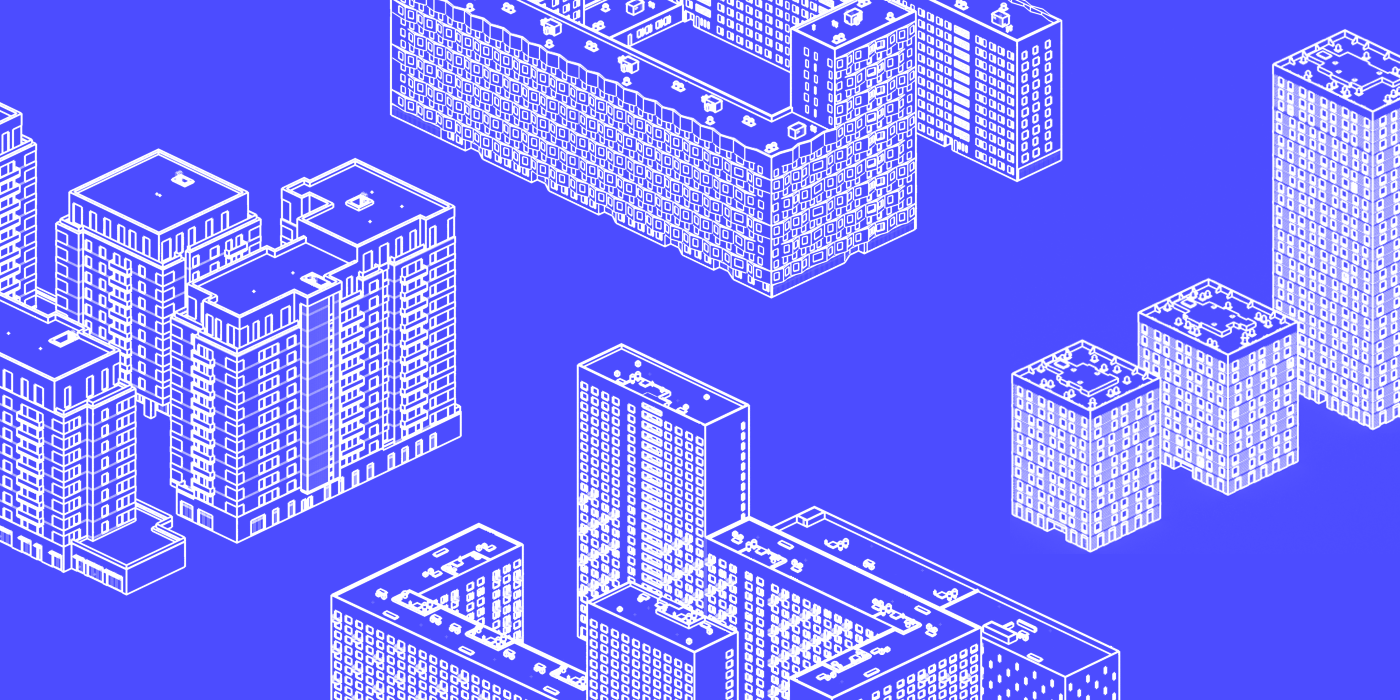
PIK - the largest developer of Russia - will hold a
machine learning championship . As a task, the prediction of sales rates, and in the training data, information on apartment sales for 2.5 years for more than 30 projects.
Yes, the conservative construction industry has matured to machine learning. Managing prices and sales rates - one of the most critical tasks for a business - is still an art subject only to analysts. To the question why this apartment costs 5 million rubles, you can get a variety of answers, ranging from “this is pent-up demand” to “our planning is unique on the market”.
Pricing calculators are now used, but they are rough and linear, do not take into account the rich nature of the market. Therefore, it is necessary to manage prices on a daily basis, relying on the intuition of the same analysts. Price management is needed to prevent a situation where all apartments with a view of the forest were scattered for two months. This is the main task - to ensure uniform sales of apartments in terms of types, number of floors, layouts, etc.
The task of automatic control of pricing and the pace of sales in development has not yet been solved, and this does not give us peace of mind.
The experience of dynamic pricing from other areas of business - air ticket sellers, hotel aggregators and other real estate, retail - has a number of fundamental differences:
- Each apartment is a unique product. We cannot accumulate statistics on only one apartment, as is done, for example, when selling air tickets;
- the apartment is sold once, in contrast to the hotel business;
- each apartment has a unique price, not necessarily corresponding to the "market" value;
- very sensitive competition to similar apartments, unlike the secondary housing market.
For example, a price difference of 30,000 rubles for apartments with the same market value may lead to a quick sale of some apartments and a halt in the sales of others.
Therefore, we could not copy someone else's experience and had to dig deeper.

Task: Find the relationship between Apartment Parameters, Price and Tempos, in order to further control the price and maximize project performance.
How do we understand the essence of the process:
- each apartment has a market value, i.e., the maximum price that a certain average buyer is willing to pay;
- the apartment has a price that may have a delta (hereinafter referred to as Delta) in relation to the market value;
- the apartment has competitors, each of which also has a certain Delta;
- the probability of selling an apartment depends on its Delta and Delta competing apartments. The “closer” the apartment to each other, the greater the competition.
Speaking of market value, we mean the value of the apartment for the buyer, expressed in money. Buying an apartment is a significant event for most people. Making a choice, the buyer spends dozens of hours and takes into account hundreds of factors, which, as a rule, are not formalized. For example:
- The area of the green zone within a radius of 500 m

- View from the window. From each window, depending on the floor, a different view opens up, which can be strongly influenced by the surrounding buildings. This is important, especially in the segment above economy
- Side of the world
- The distance to the metro, park, etc., and from the house in question, and not the LCD in general
- The size of the courtyard
To approach the creation of a value function, we formalized all the important factors that buyers take into account. Next, we are faced with this:
Problem 1. How to calculate the pace (probability of selling an apartment). To calculate the rate of sales of apartments, you have to combine them into sets. Question - what? Depending on the breakdown into sets, we will get different rates. It was not possible to rely on the term of exhibiting a separate apartment, because it would take too long to accumulate statistics.
Problem 2. How to find the market value. Let's take the maximum parameters of the apartments, take the price of their sale and get the market value? It turned out that the market value strongly depends on the projects that were taken into account. Some of the projects were sold faster than the market, i.e. there the price was lower than the market, some of the projects - on the contrary. It turns out that in order to correctly calculate the market value, we must take into account the rate of sales of apartments, which brings us back to Problem 1.
Problem 3. How to account for the delta of competing apartments. The rate of sales in the set (for example, the section of the building) depends on the parameters of the surrounding apartments and their prices. Not knowing in advance their market value, we are forced to substitute the parameters of the apartment and their prices as a kind of description of the environment. How this “description” of the environment to “feed” the machine learning algorithm is a big question.
Unfortunately, we have not yet found working solutions to these problems, so we decided to organize a championship.
Those who are interested in this task can take part by registering on the
PIK Digital Day website.
The championship takes place in two stages - online before July 9 and offline July 14 in Moscow. At the offline stage, we will invite 80 leaders of the public rating of the online stage, and the championship winners will share a prize pool of 550,000 ₽.